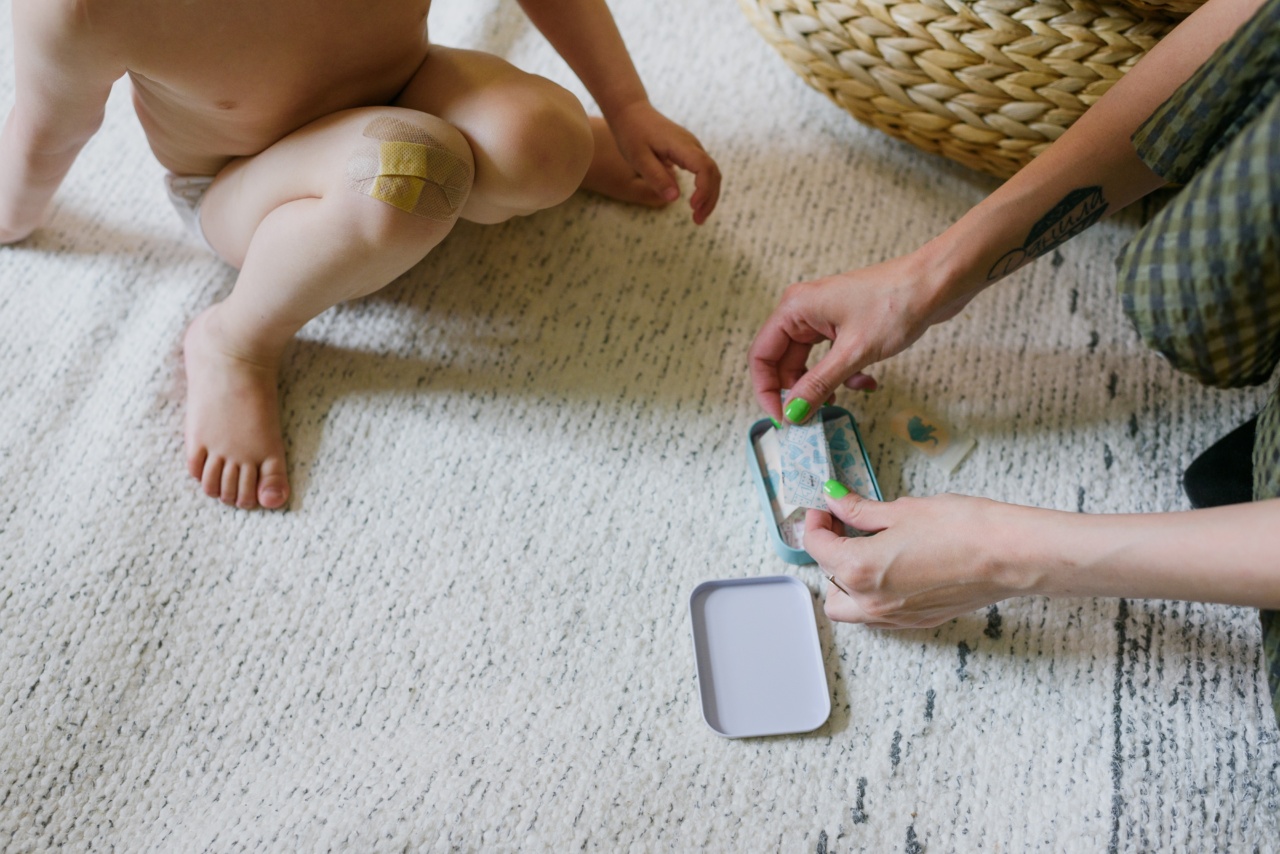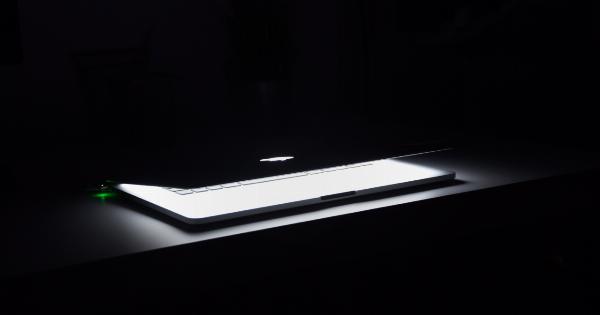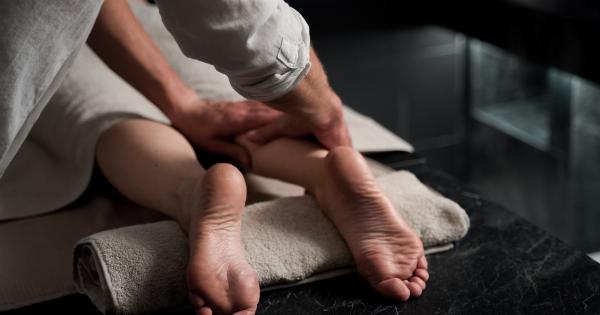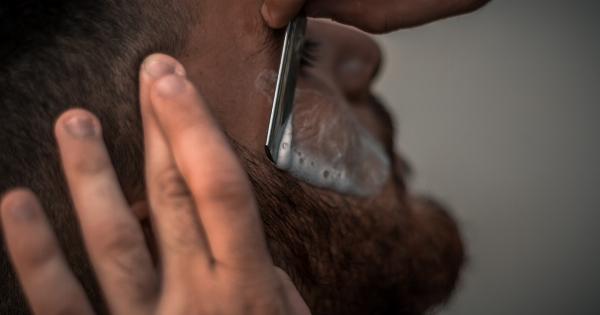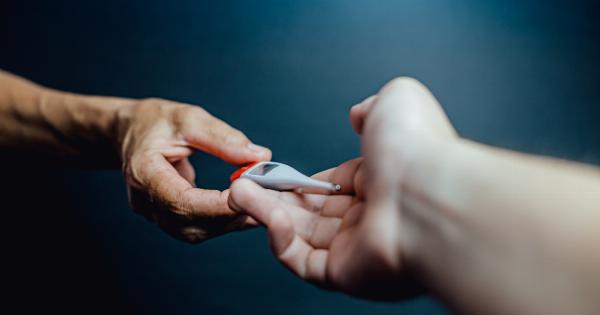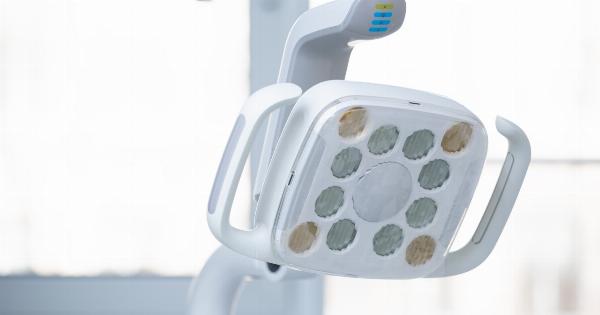Wound care is an important aspect of healthcare that includes innovative and novel approaches to promote healing and prevent infections. In recent years, bioestrier prints have emerged as a promising solution in wound care.
These advanced materials offer a revolutionary approach to healing wounds and provide hope for patients with chronic wounds and other skin conditions. This article aims to explore how bioestrier prints work and their benefits for wound care.
What are Bioestrier Prints?
Bioestrier prints are a type of advanced dressing material that combines the use of esters and biopolymers. The materials used to make bioestrier prints are biocompatible and have a high degree of porosity.
They are designed to interact with the wound bed and promote healing by reducing inflammation and preventing infections.
The porosity of bioestrier prints allows them to act as a semi-permeable membrane that permits the exchange of fluids between the wound bed and the environment.
This feature is crucial for wound healing as it facilitates the removal of bacteria and dead tissues from the wound, allowing new cells to regrow.
How do Bioestrier Prints Work?
When bioestrier prints come into contact with the wound bed, they create a moist environment that is conducive to healing. This triggers the regeneration of new tissues and prevents the formation of scarring.
The bioestrier print dressing also absorbs excess exudate from the wound, which reduces the risk of infections and prevents maceration.
Bioestrier prints can also help to reduce pain in patients with chronic wounds. The prints are designed to interact with the wound bed and promote the production of natural analgesics that can help to alleviate pain and discomfort.
Benefits of Bioestrier Prints for Wound Care
Bioestrier prints have several benefits when used in wound care:.
- They provide a moist environment that promotes healing
- They reduce inflammation and prevent infections
- They are biocompatible and non-toxic, making them safe for use in humans
- They can be used to treat a variety of wounds, including chronic wounds and burns
- They can help to reduce pain and discomfort in patients with chronic wounds
Applications of Bioestrier Prints in Wound Care
Bioestrier prints have several applications in wound care:.
- Chronic wounds: Bioestrier prints can help to promote healing in patients with chronic wounds, including diabetic ulcers and pressure sores. These wounds can be difficult to treat, and bioestrier prints offer a novel approach to promote healing.
- Burns: Bioestrier prints can be used to treat burns by providing a moist environment that promotes healing. They can also help to prevent infections and reduce pain in patients with burns.
- Surgical wounds: Bioestrier prints can be used to dress surgical wounds to promote healing and reduce the risk of infections. They are particularly useful for wounds that are difficult to dress, such as those in areas with high friction.
Conclusion
Bioestrier prints are a revolutionary solution in wound care that provides an innovative way to promote healing and prevent infections. They have several benefits and applications in wound care, making them a valuable tool for healthcare professionals.
With ongoing research and development, bioestrier prints are expected to become an increasingly important part of wound care in the future.
